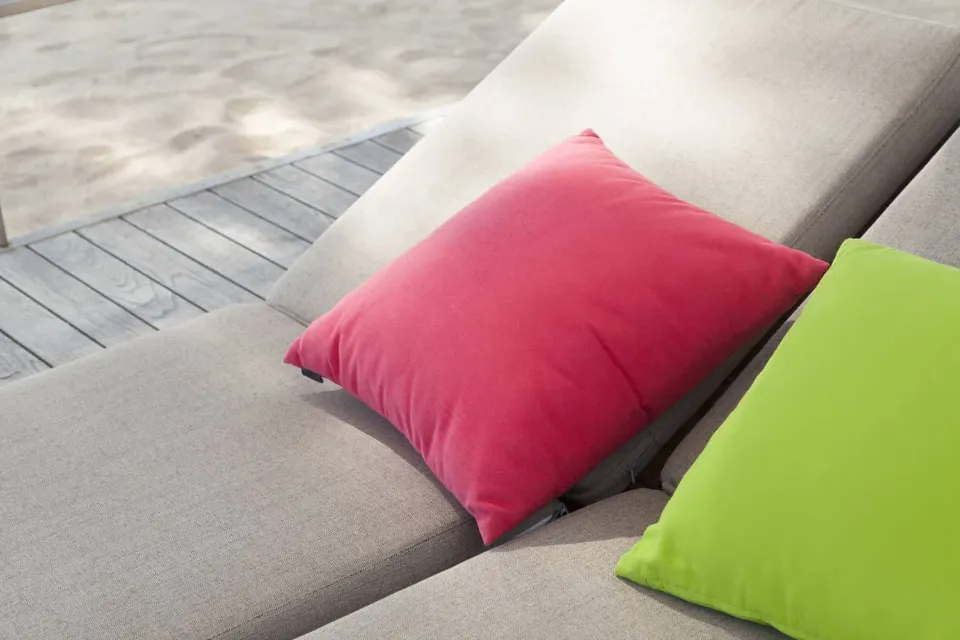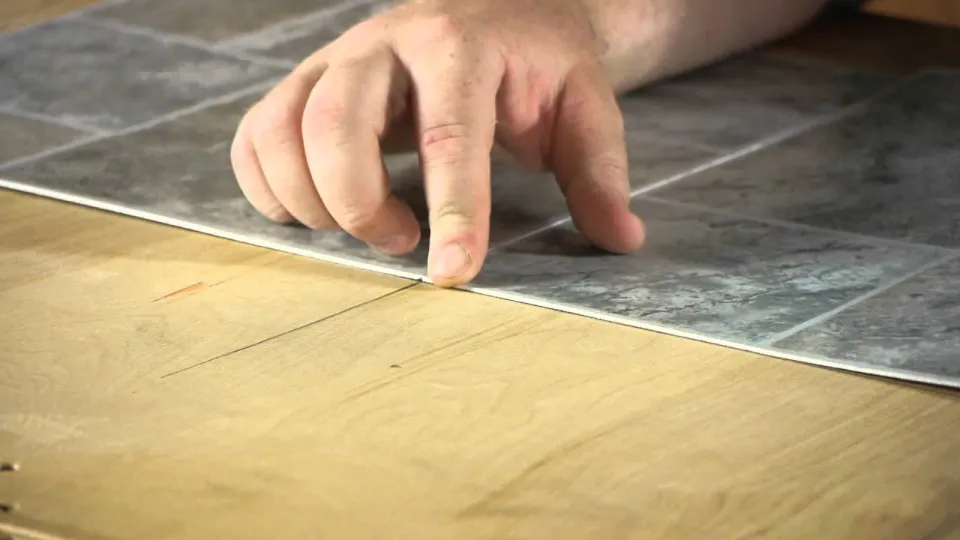The handmade appearance and durability of the Berber carpet make it a desirable option for new floors in homes and offices. Learn the advantages and disadvantages of installing Berber carpets in your house or place of business.
Berber carpet is a very versatile carpet that can be paired with many types of decor. While it was once considered only for basement rec rooms and home offices, it has now become a popular choice for all areas of the home.
Please keep reading for more details.
What is Berber Carpet?
Berber carpet is a type of flooring that has a distinctive looped design and an overall light color with darker flecks of color. Berber carpets are a popular and versatile choice for office and residential carpets because they are durable, relatively inexpensive, and stain-resistant.
The term “Berber” refers to the African and Saharan tribes that are called Berber. Handcrafted Berber carpets have been produced by the groups for many centuries.
Pros
In addition to the relatively low cost, a big advantage of Berber carpet is that it is fairly easy to clean spills and stains. The looped construction of the carpet causes spills to typically sit on the surface, so if you can clean them up quickly, you can probably keep them from soaking into the fiber.
Many Berbers are multi-colored or have the traditional color fleck, which makes them great for hiding soiling and any stains that do occur.
Cons
One disadvantage of Berber is the possibility of snagging and/or running. Things can become entangled in a loop’s construction and pull it out. To snag a Berber, you have to use a lot of force. Driving a toy car across the carpet is not likely to cause it to happen, but dragging a piece of furniture across it might.
![What is Berber Carpet Pros & Cons [The Ultimate Guide]](https://www.myprimehome.com/wp-content/uploads/2023/02/Berber-Carpet-Pros-And-Cons-–-Forbes-Home.webp)
The Different Types of Berber Carpets
There are two types of carpet made in the Traditional and contemporary berber fashion. The mass-produced pile carpet known as modern Berber has a loop design that is similar to the handmade knots found in traditional wool Berber carpets. Wool and synthetic materials like Olefin fiber, also known as polypropylene, as well as mixtures of various materials are used by manufacturers. Darker, multicolored flecks or patterns are layered over a light background in contemporary Berber.
Traditional Berber carpets, on the other hand, are created by hand using a loom and natural materials like wool, much like the Berber people did for centuries to produce the carpet. Traditional Berber carpet uses a knot rather than a loop and features colored geometric patterns against a light, solid color background.
Berber Carpet is Relatively Low Cost
It is typically more affordable than traditional pile carpet styles and is frequently regarded as a fantastic value. This means you can give your house a lovely, aesthetic look without having to make a sizable dent in your bank account. When examining the various kinds of materials the Berber carpet is made of, it is crucial to keep in mind that the price range can still change. For instance, wool will cost more than nylon or olefin fiber.
![What is Berber Carpet Pros & Cons [The Ultimate Guide]](https://www.myprimehome.com/wp-content/uploads/2023/02/Berber-Carpet-Mentor-OH.webp)
Berber Carpet Comes in a Variety of Materials
All Berber carpets are constructed with a hard, parallel-looped pile. From tight to loose, the loops come in a variety of sizes. The materials used to make the carpets vary greatly. Three different fibers, or a combination of them, make up the majority of Berber carpeting. The fibers used determine the price, durability and stain resistance of the carpet. The most typical fabric used in Berber carpeting, in short, is olefin. Although pure nylon and pure wool are more difficult to find and more expensive, blends of nylon and olefin are also widely used.
Berber is Durable
Extremely long-lasting is berber carpet. This is primarily due to the fact that looped fiber is typically stronger than cut fiber.
Berber is a Low Maintenance Carpet
As with any carpet, it is advised that you clean it with a low-moisture or dry cleaning method every 6 to 12 months to keep it looking good and prevent permanent scuffs from furniture and foot traffic. Beyond that, simple vacuuming will keep your Berber carpet clean.
Now, basements, schools, and offices aren’t the only places where modern Berber carpets are used. They are really perfect for use in any room of the house because they have a wide variety of great colors to choose from, are durable, and are reasonably priced.
![What is Berber Carpet Pros & Cons [The Ultimate Guide]](https://www.myprimehome.com/wp-content/uploads/2023/02/Pattern-Loop-Carpet.webp)
Berber Carpet Design Options
Berber is available in a variety of designs, hues, and materials, including polyester, wool, and nylon. The styles are more extensive though, like:
- Simple Loop Berber
- Patterned Loop Berber
- Patterned Cut and Loop Berber
- Cut Pile Berber
- Multi-color Loop Berber
- Cut and Loop Berber
Berber Carpet Lifespan
Berber carpeting has a lifespan of five to twenty years, depending on care and maintenance. The manufacturer’s choice of fiber also affects how long this flooring lasts. Berber carpet typically lasts 10 to 15 years.
Berber and Pets
The main worry with Berber is whether or not pets’ claws will harm the carpet or whether the pet will get hurt if its claws get caught in the carpet. Running across the carpet, an animal is highly unlikely to snag its claw in a loop. But if you have a cat who enjoys sharpening its claws, it might like the Berber texture and could very well damage the carpet by repeatedly kneading it. You might want to give a Berber another thought if your cat tends to look for places to scratch and isn’t a consistent user of a scratching post or board.
Many wonder whether, if something does snag a loop, it will cause a “run” in the The carpet will unravel due to Berber. This will partly depend on the quality of the carpet, but generally, this scenario is not very likely. One loop must be torn out with a lot of force, as was already mentioned, let alone an entire row.
![What is Berber Carpet Pros & Cons [The Ultimate Guide]](https://www.myprimehome.com/wp-content/uploads/2023/02/Berber-Carpet-Pros-and-Cons-Best-Brands-and-Cost-2023.webp)
Proper Vacuum
One instance in which a run could happen is the use of a power head or beater bar vacuum on a Berber carpet. If there is a snag in the carpet already, the power head could easily grab a hold of the loose strand and wrap it around the rotating bar. It is strong enough to make the strand unravel. Beater bar attachments should not be used when vacuuming Berbers because of this. Your vacuum will likely have an option to replace the vacuum head or simply turn off the beater bar.
Top Brands
Stainmaster: This reputable carpeting brand is one to look into. Retailers all over the US carry Stainmaster, which has a solid reputation for high-quality flooring and lifetime warranties.
Shaw Flooring: In their Berber line, Shaw offers 42 carpets in a variety of color schemes. They sell carpets made of nylon, olefin, and polyester.
Mohawk Flooring: Mohawk has been around since 1878 and is one of the largest flooring companies around. With more than 15,000 matches on their website, they offer a wide range of Berber and loop pile carpets.
![What is Berber Carpet Pros & Cons [The Ultimate Guide]](https://www.myprimehome.com/wp-content/uploads/2023/02/What-is-Berber-Carpet-Learn-All-About-Berber-Carpet.webp)
FAQs
Is Berber Carpet More Expensive Than Regular Carpet?
Cost. The fact that Berber is reputed to be less expensive than other residential carpet styles is one of the reasons it has become more and more popular. There are many different price ranges for Berber carpeting, some of which might be comparable to the cost of other cut-pile designs.
What is the Nicest Type of Carpet?
Nylon is the most popular. It’s durable and resistant to wear. Some varieties have a stain-resistant treatment because it isn’t great at removing stains. Olefin is a good material for carpeting outdoors and in basements because it is moisture, mold, and mildew resistant.
Is Berber Carpet Natural Or Synthetic?
Berber is made of synthetic materials with a tight weave in a looped pile texture. Many varieties also come with a shielding layer that increases stain resistance. Spilled liquids can frequently be blotted to prevent stains if they are dealt with quickly.
What Type of Carpet is Healthiest?
If you do choose carpet, consider wool carpet as a healthier alternative. You’ll be more likely to stay away from VOCs, which are often dangerous air pollutants. Volatile organic compounds (VOCs) are organic compounds that easily transform into vapors or gases., or volatile organic compounds, associated with synthetic fibers.
Does Berber Carpet Need Underlay?
Its felt backing means it can be fitted without the need for underlay. An affordable and tough Berber that’s ideal for rooms with lots of traffic.
Summary: What is Berber Carpet?
A number of factors make berber carpet a wise choice for flooring. In addition to being more reasonably priced than other kinds of carpet, it is also available in a variety of fiber types to suit your preferences. Wool works for a softer feel underfoot, whereas Olefin is a more stain-resistant option.
Just because Berber carpeting costs less money, doesn’t mean it is a lower quality flooring option for your home. Berber carpet is an affordable, hard-wearing, and resilient flooring option, provided you stick with a reputable brand that uses high-quality components.
If you have any questions, please leave a comment. My Prime Home tries to give you the best home improvement information. Don’t forget to share the post. Thank you for reading.
Read about
![What is Berber Carpet? Pros & Cons [The Ultimate Guide]](https://www.myprimehome.com/wp-content/uploads/2023/02/What-is-Berber-Carpet-Pros-amp-Cons-The-Ultimate-Guide.webp)


